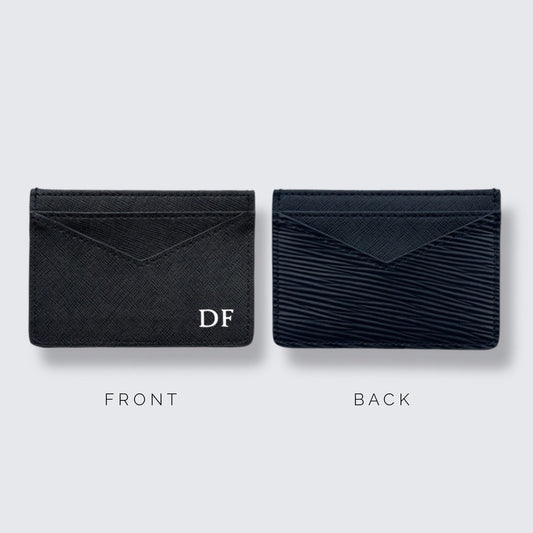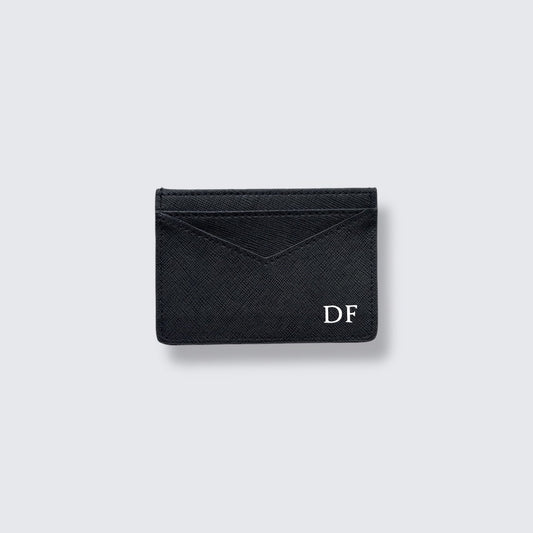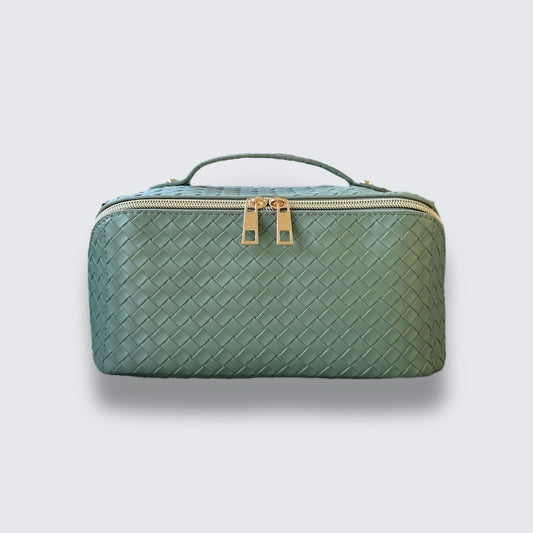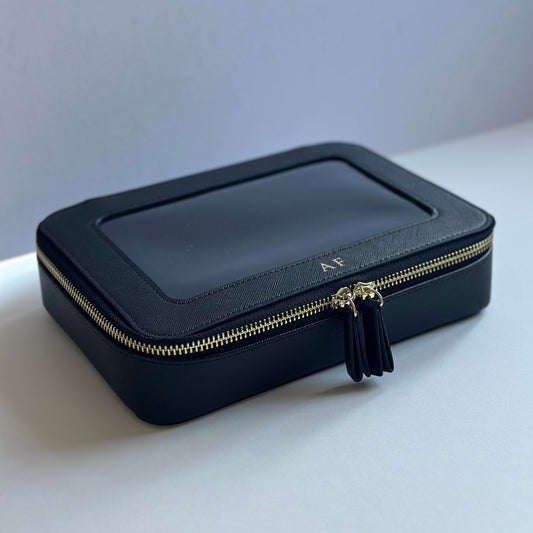With Christmas well on its way, one of the most stylish gifts every year combines timeless style with ethics and conscientiousness.
A black vegan plastic bag is the perfect accessory to go with nearly any outfit on nearly any occasion, made even better with a beautiful, personal touch.
Whilst the concept of ersatz materials suitable for use in place of harmful, polluting leather can sometimes seem relatively new, there are many materials that have tried to replicate the feel and practicality of leather but do not rely on animal-derived materials to do so.
Arguably the first successful one was Presstoff, invented in the late 19th century in Germany and used primarily in the first half of the century as a replacement for increasingly rationed natural leather supplies.
It was made from paper pulp that had a particular treatment applied to it before being layered and sold in sheets to be used as a leather alternative.
It found a lot of use in smaller leather accessories such as belts, wallets, horse tack and cases for tools such as binoculars. During the two World Wars, it also became widely used for holsters and other military equipment.
It was remarkably authentic for the time, feeling and looking like natural leather to the touch, albeit with a characteristic coldness to the touch.
There was one major leather good that it could not replace, however, and the reason why was due to a fatal flaw that rendered Presstoff largely impractical for long-term uses.
One of the biggest ideal uses for Presstoff was as a replacement for shoe leather, and it was tried on many occasions, with the shoes even being remarkably strong, robust and capable of the flex necessary to be used in boots.
The big problem was that the second the shoes got wet they would start to expand, the layers would split from each other and the shoes would ultimately completely fall apart.
This would have been a bad problem irrespective of the era, but Presstoff was set to be used as a leather alternative in the build-up to the First World War, which primarily took place in wet, muddy trenches.
This meant that the leather alternative was utterly useless when it rained as well, something that was exceptionally common in Western Europe where the majority of the war was fought.
Ultimately, this meant that the vast majority of Presstoff could not be used by the military and instead was used by German people, with natural leather strictly rationed instead.
During the war and its immediate aftermath, it was grudgingly used, but the issue with rain and thus the anxiety of using a Prestoff bag on a cloudy day meant that a lot of German people simply went without.
Prestoff lasted until the fall of Berlin in 1945, but it would not ultimately last after the Second World War, by which point much stronger leather alternatives had made it onto the market, and the goal of a true ersatz leather had gotten ever closer to attainable.
However, it is an important early material and a proof of concept for what would come next.








